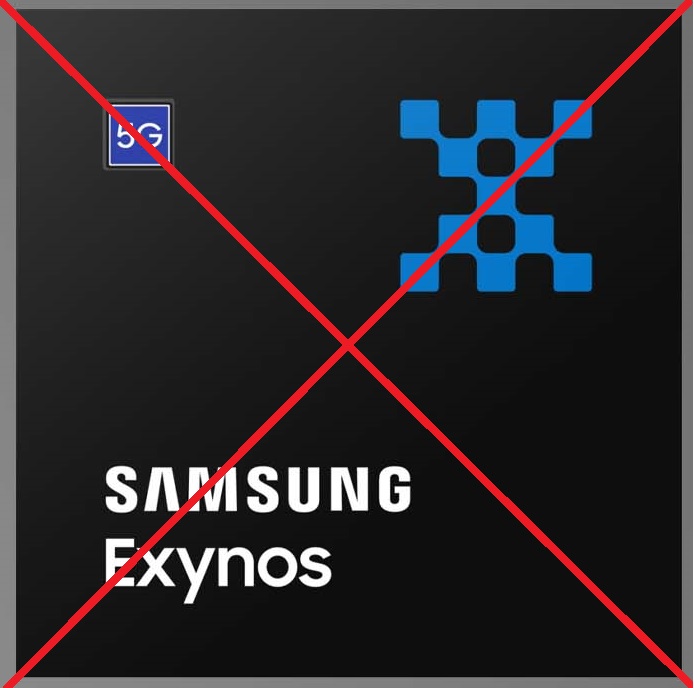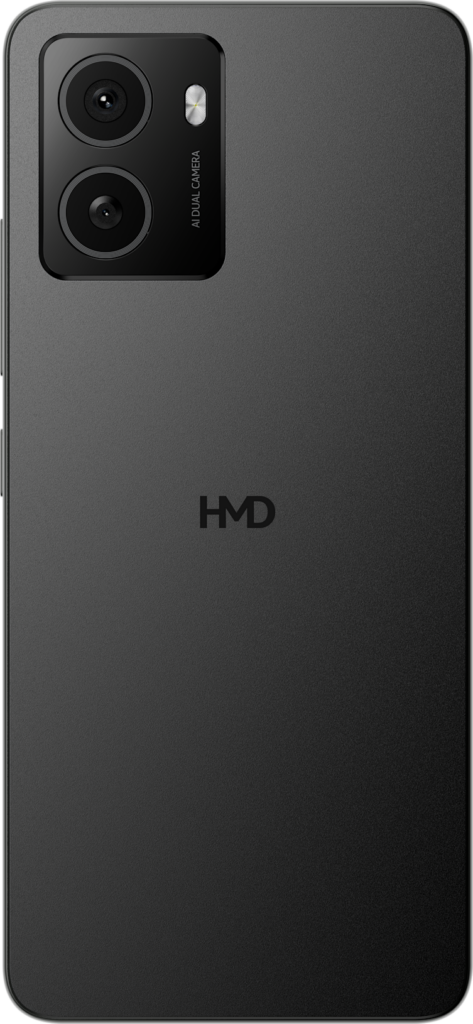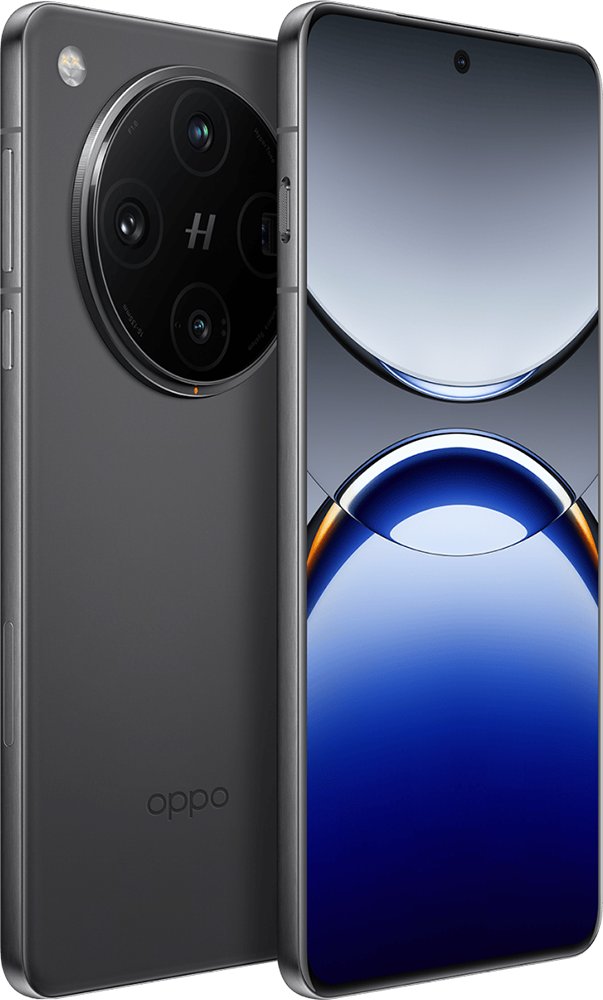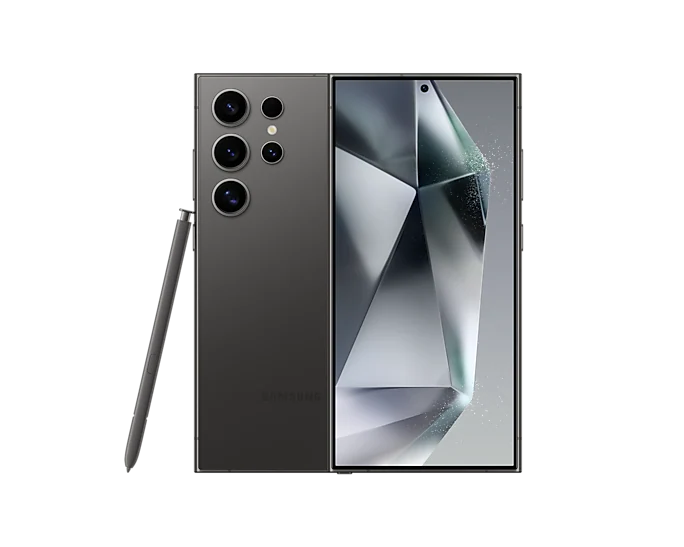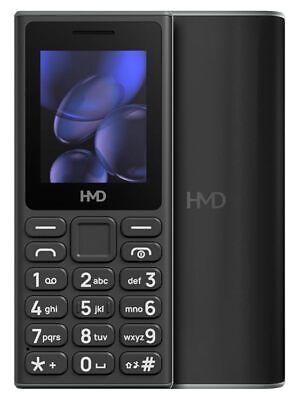
From time to time I feel myself getting overwhelmed with technology. I’m very mindful and aware of my behavioral trait to be sucked into things to the point of obsession. Mobile games, social media, even just scrolling news can become unhealthy time sinks for me. I manage this in a few ways; I don’t do social media full stop, I only play games on my tablet which is too big and unwieldy to use at a moments notice or to leave the house, I disable the default apps and news scrollers that come with my devices and try to avoid browsing the websites.
Even with these self imposed rules from time to time I sometimes start to feel like I’m spending too much time on my phone. Other times I feel like I’m just becoming too reliant on it. Most recently I felt like the Samsung S25 was so over the top with it’s data collection I was completely uncomfortable using it. When these things happen I like to spend some time using what’s referred to nowadays as a “Dumbphone”. I’d estimate I generally end up doing this once or twice a year, and do it for between a couple of weeks and a month. However in the past through Covid I did it for 6 months solid.
My first purposeful dumbphone was a Nokia 105 that looked like the below:

This phone still works perfectly fine to this day, but unfortunately 2G reception is getting worse and worse in my area and can’t be relied on.
I then got the Nokia 110 4G 2023 model:
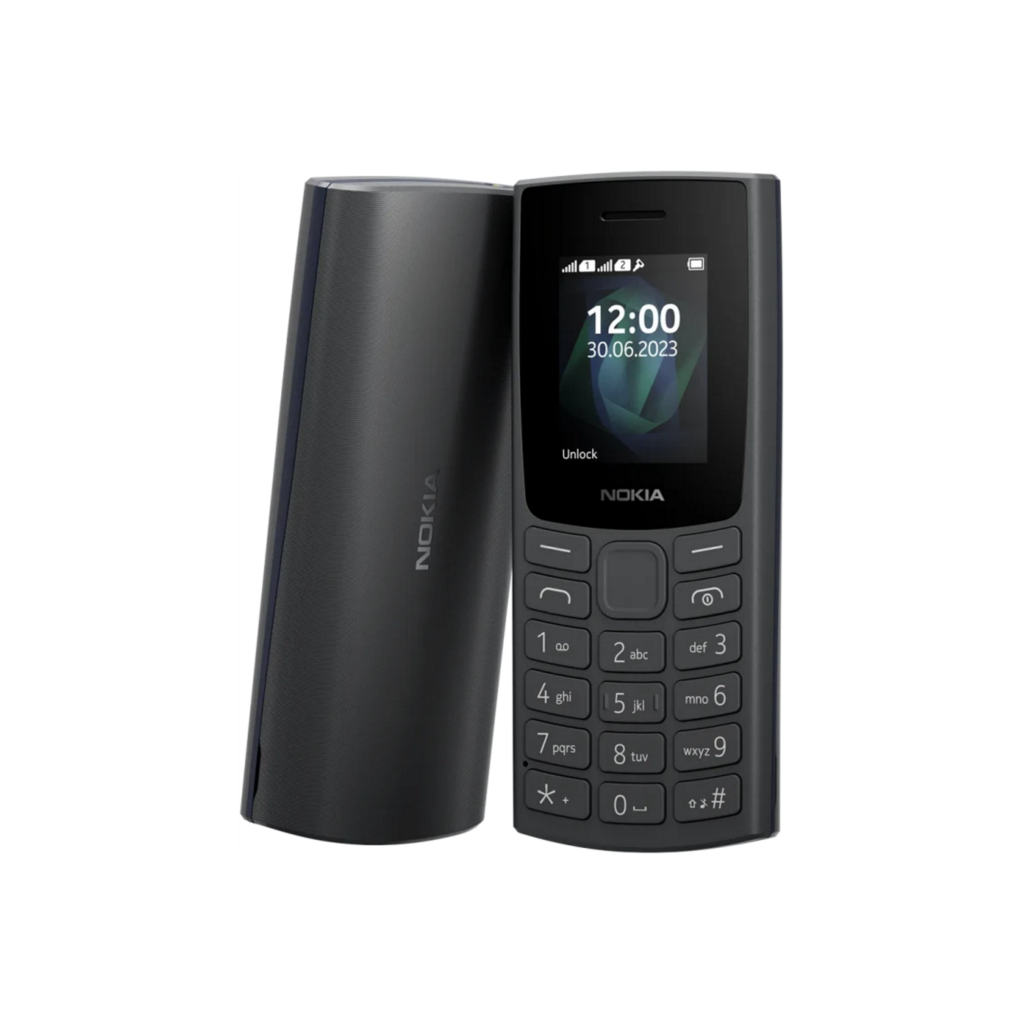
This saw me through my last “Digital detox” but had some real flaws that lead me to end it prematurely out of sheer frustration. The keyboard seemingly just ignored about 20% of my button presses. This made typing a nightmare, more than going back to T9 predictive already was.
So a few days ago when I decided I needed a break from smartphones and put my SIM in this phone again I was quickly reminded of it’s downfalls. Being seemingly one of the only people that don’t hold a grudge against HMD for using the Nokia brand I took a look at their now HMD branded web store and came across the HMD 105 4G, and HMD 110 4G. These are very clearly a continuation of the Nokia counterparts with the same naming convention. The differences between the two models are slim; the 110 has a 0.1MP camera and a ceramic coated shell, the 105 does not. I certainly wasn’t going to spend extra money on either of these features so opted for the 105.
As can be seen below (unfortunately the old 105 can’t be compared as I lent it to a colleague for a detox of his own) the sizes between the Nokia 110 and HMD 105 are very similar, with the HMD 105 being slight bigger, but having bigger, more pronounced buttons and a much bigger screen:
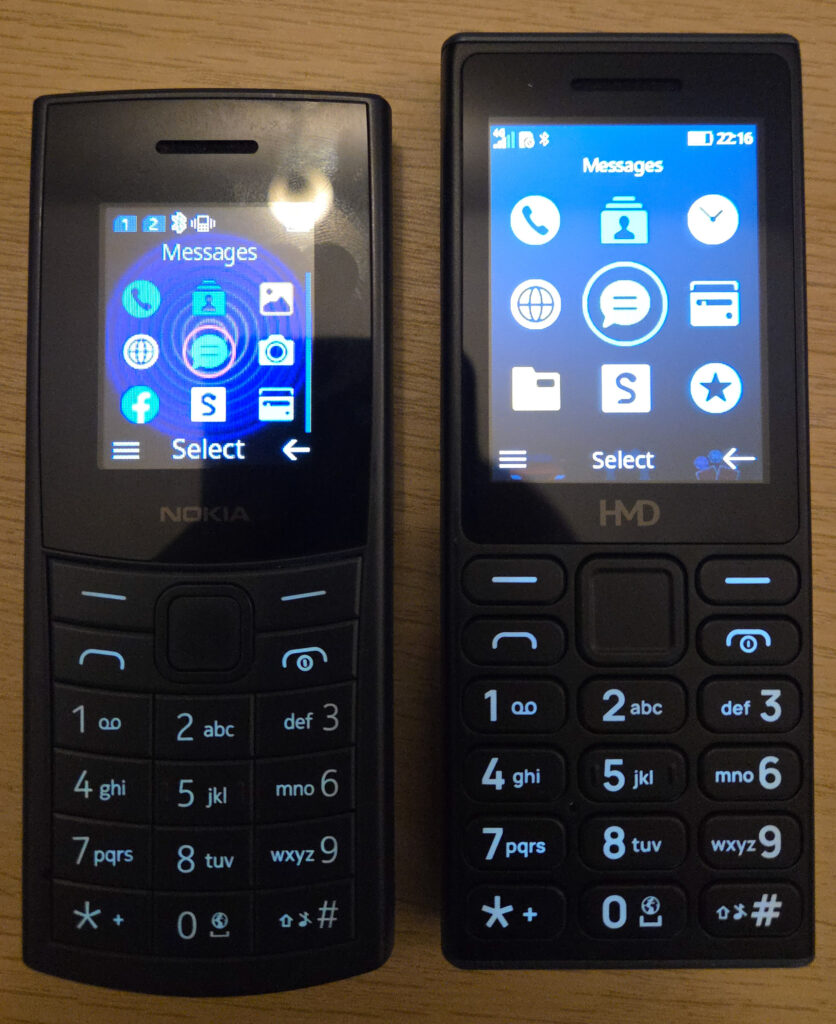
Aside from the lack of a camera on the 105 there aren’t really any differences, so I think a comparison is still fair.
If you own a Nokia 110 4G 2023, and aren’t having any troubles with your keypad this probably isn’t a worthwhile upgrade. It’s very much an incremental upgrade, and lets be honest there’s only so much that can be done with the S30 operating system.
That being said there are some differences. Texts on the HMD are now threaded, so makes for much easier tracking of conversations. The screen being bigger helps with basic web browsing and reading. Icons on the screen can now be rearranged, unfortunately still not removable though. The entire operating system has had a bit of a spruce up, with new settings, higher resolution and a less budget feel.
There are some things that I would consider downgrades too: The auto power off/on has been removed. The weather app is gone. The unlock combination has become more awkward, with you now having to reach for the * key.
Overall though I’m impressed. It’s everything I want from a “Dumbphone”. It allows me to call and text when I need to. It has a select few “tool” applications, a couple of very simple games (snake and blackjack) ignoring the trials and very little else.
More importantly it doesn’t ask much of me. There was next to no setup of the device to be done, absolutely no accounts to sign into and other than calls, texts and alarms the phone cannot start sending me notifications. I can’t get invested into this device enough that it becomes invaluable to me, because it’s so simple. I know that “burner” phone has bad connotations, but this truly is that. It’s a tool. Other than your contacts (which you should have backed up elsewhere) if you lost this device other than your SIM card you wouldn’t really have lost anything of value. You wouldn’t be fearful that someone may find it and gain access to your entire life and all your secrets. And that is very refreshing.
On a side note, this phone uses the BL-L5H batteries that have been used in previous models too. These are readily available online, and cheaply so the dream of having multiple spare batteries and being able to stay away from a charger for weeks is an achievable reality now!
UPDATE: After some more real world usage I have noticed a couple of things that have annoyed me. The first is that ringer and ringtones, there are only 4 ringtones to choose from and none of them are attention grabbing. I missed 3 calls over the weekend, even with the phone on max volume in my bag I didn’t hear the phone while walking. The 2nd and this is not specific to this phone, it seems to apply to all recent button bound phones and this is the emergency dialler. If the phone is locked, screen off and in a pocket it only takes catching the 9 key to begin dialling. 3 accidental presses of this button and you will begin to call the emergency services. This essentially means the phone is unsafe to keep in a pocket. I would not want to put additional stress on the emergency services or get in trouble for accidentally dialling them. We are nearing double digits on the amount of times I’ve pulled the phone out of my pocket to find that the screen is on with a 9 already in the dialling screen.
Feature phones of the time didn’t have this problem, why do we have it now? What is the point of a key lock if it doesn’t apply to one of the keys?!

